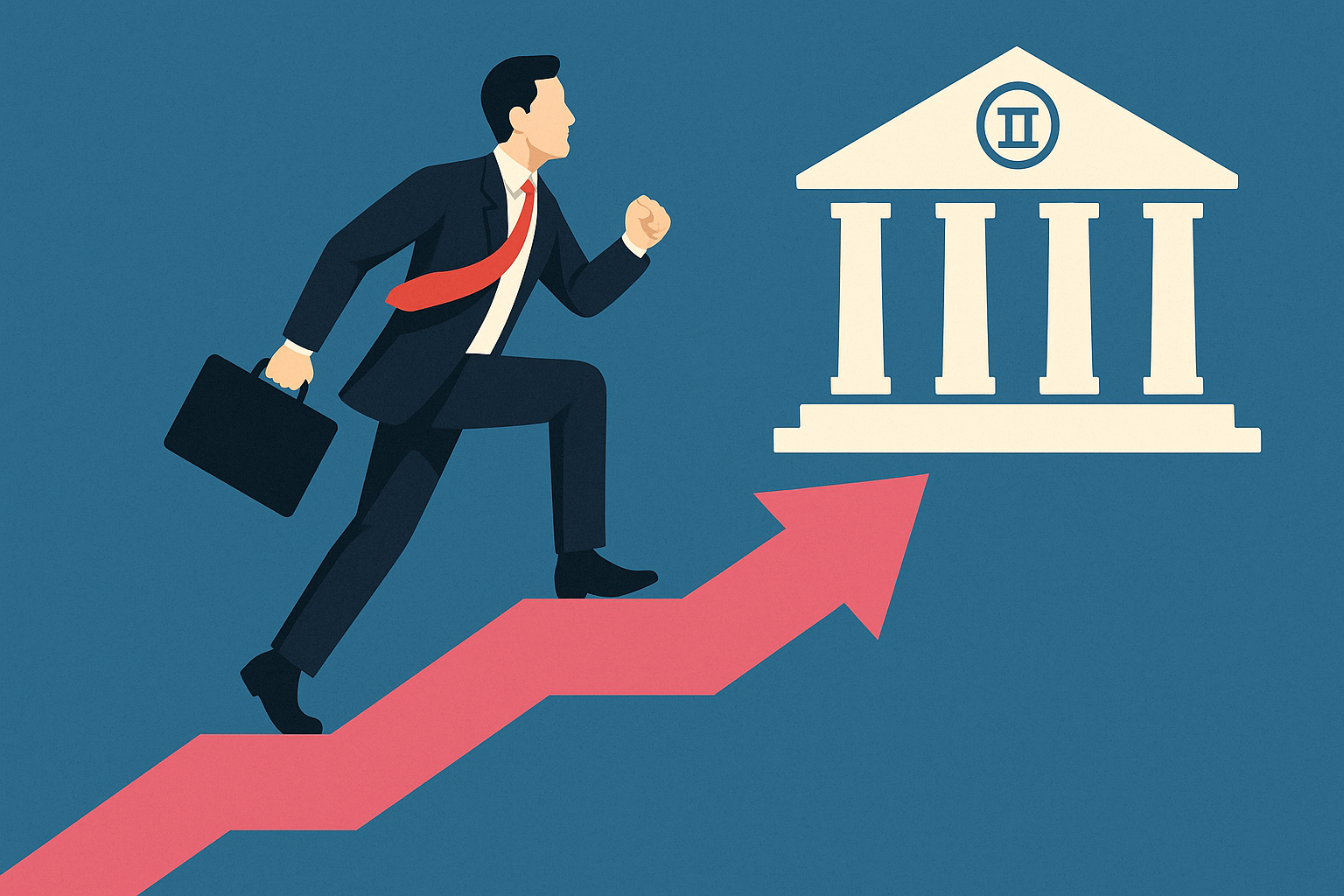The phrase “Don’t fight the Fed” has long been a guiding principle for investors, suggesting that going against U.S. Federal Reserve policy is a losing battle. Popularized during the post-2008 financial recovery, the phrase reflected confidence in the central bank’s role in stabilizing markets through ultra-low interest rates and quantitative easing. But today, its meaning has shifted — now serving as a warning to President Donald Trump, whose ongoing attacks on Fed Chair Jay Powell are raising serious concerns about the independence of the central bank.
President Trump has repeatedly called for lower interest rates, arguing that monetary easing would help offset the economic pressures of his trade policies. However, despite political pressure, Chair Powell has opted to keep rates steady in light of persistent inflation and strong economic data, including solid job growth and robust retail sales. Critics warn that Trump’s confrontational stance against the Fed is not only misplaced — it’s potentially dangerous.
A New Era of Economic Tension
While Trump previously hinted at firing Powell, he has since walked back such statements, stating he wouldn’t remove the Fed chair “unless there’s fraud.” Nonetheless, the threat itself has sent shockwaves through markets and sparked fears among investors about the erosion of the Fed’s independence.
The current federal funds rate of 4.3% reflects the Fed’s cautious approach to inflation, which remains above its 2% target. Despite Trump’s call for a drastic rate cut — potentially as low as 1% — economic indicators suggest that such a move would risk further inflationary pressures. Employment remains strong, and financial conditions remain accommodative, according to analysis by firms like Goldman Sachs.
Trump’s continued criticism could backfire, economists warn, as even verbal pressure on the Fed may lead to rising long-term interest rates by damaging confidence in U.S. monetary institutions. Historical precedent supports this view. In Turkey, for example, the president’s firing of the central bank governor triggered market turmoil and soaring inflation.
Zombie Companies and Inflation Risks
Economists also point to the rise of so-called “zombie companies” — heavily indebted firms kept afloat by years of low interest rates — as another reason to maintain a tighter monetary stance. The number of such companies spiked after 2008 and again during the COVID-19 pandemic. Allowing them to persist by slashing rates further could jeopardize long-term economic productivity and capital allocation.
Political Blowback — and Republican Silence
Despite the risks, few Republican leaders have vocally defended the Fed’s independence. Some, like Representative French Hill and Senator Mike Rounds, have rejected Trump’s authority to dismiss Powell and emphasized the need for a politically neutral central bank. But broader GOP support has been muted.
Michael Strain, Director of Economic Policy at the American Enterprise Institute, warns that even without firing Powell, Trump can still weaken the institution through repeated threats and influence over Powell’s eventual successor. He argues that if Trump appoints a perceived loyalist, markets will interpret it as a move to politicize monetary policy — potentially pushing long-term interest rates higher.
Strain also highlights the paradox in Trump’s approach: “By undermining the Fed, the president is increasing, not decreasing, inflationary expectations and borrowing costs — essentially working against his own goals.”
Conclusion
With inflation still running hot, employment stable, and financial conditions not overly tight, Powell’s decision to hold rates appears justified. The broader concern, however, is the damage being done to the credibility of the central bank. As history and global examples show, the independence of monetary policy is crucial for maintaining investor confidence, price stability, and long-term growth.



